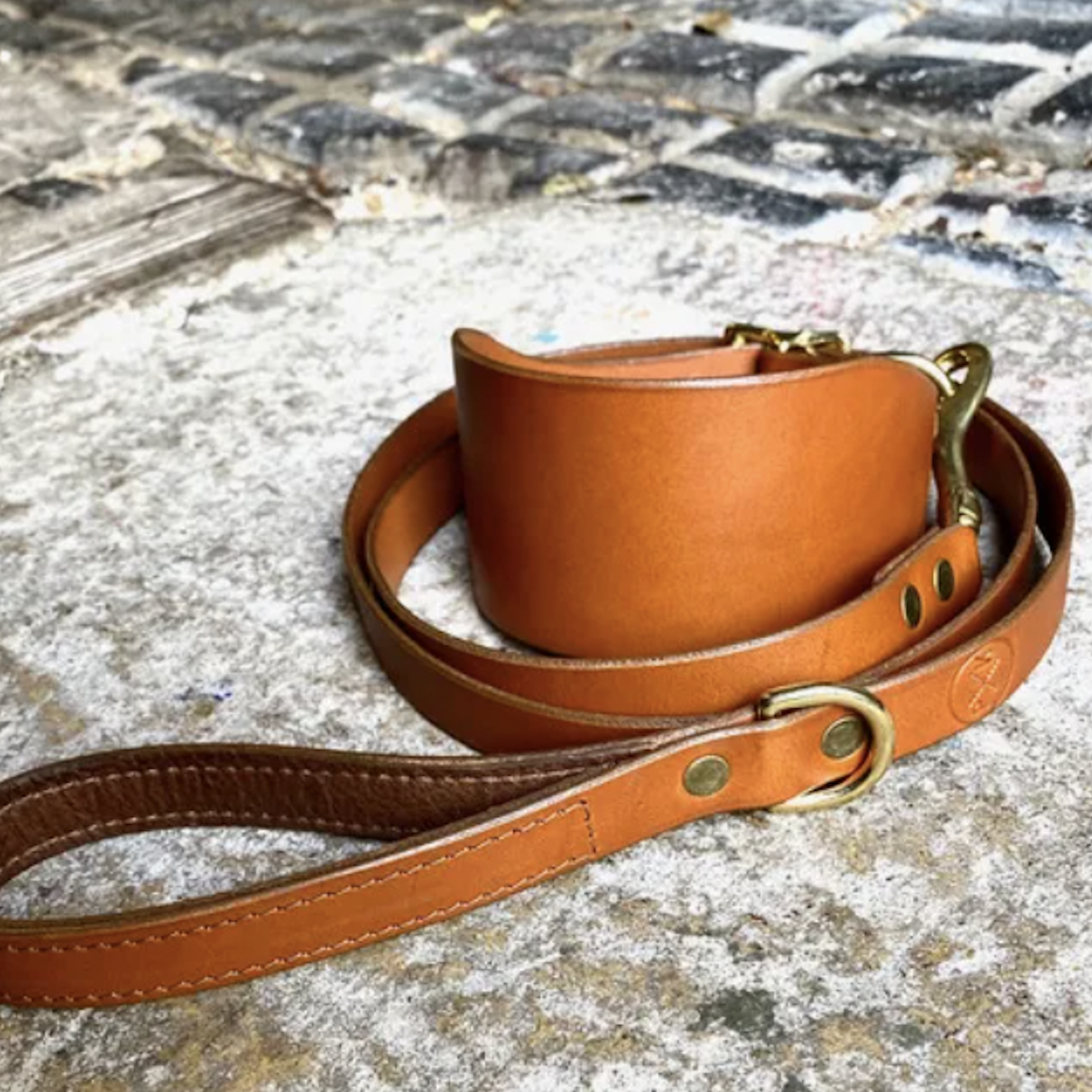Vegetable Tanning
Even the quickest look around my website will have you stumbling on the phrase ‘veg tanned leather’. I place a lot of importance on the ethos of my products – a huge amount care and passion goes into sourcing our sustainable and upcycled materials. Vegetable Tanning plays an essential part in this!

Veg tanned leather is the most environmentally friendly option when it comes to genuine leather products, especially when it is sourced from suppliers with environmental certifications. It is an age-old process that has been around for over 5000 years. The leather that results has a unique and high quality: it’s full of character and durability. It also ages beautifully, developing a patina (a soJ sheen) that adds so much personality to the material.
Sounds great already, right? When you look even deeper into the techniques and materials used in veg tanning, it becomes really clear how each step of the process minimises environmental impact.
Want to find out exactly what goes in to making your Paula Kirkwood product sustainable? Keep reading for a breakdown of vegetable tanning and all its components!
What is vegetable tanned leather?
Let’s start with the basics of tanning.
Tanning refers to the entire process of converting a hide into leather. The benefit of vegetable tanning comes down to the materials used to do this. The hides are prepped, they are soaked in tannins - in veg tanned leather, this is a natural mixture absorbed by the skins to prevent it from decaying. The hide is then moved between a series of drums or pits with various concentrations of tannins. These penetrate the material and eventually turn it into leather. The entire process can take up to two months.
If you’re interested in a super in depth look at the process, one of my favourite resources is the Veg Tan Leather Hub. Here’s a link to their detailed outline of every step of vegetable tanning - vegleatherhub.com/the-vegetable-tanning-process.
What makes veg tanned leather different?
In vegetable tanned leather, tannins are created through natural components, which can include chestnut wood, sumac leaves and mimosa bark. This is the main difference that makes Vegetable Tanning the eco-friendly option as opposed to other tanning processes. In contrast, ‘chrome tanning’ uses tannins that contain environmentally harmful chemicals, such as the highly toxic sodium dichromate. Up to 50% of these chemicals end up as waste.
In terms of aesthetic, the results of veg tanning are rich in character. Due to its natural processes, veg tanned leather does not crack or dry out like chemically treated. Instead, it appears better and grows in character with age. This means that your vegetable tanned handbag, garment, or accessory will have a longer lifespan, keeping one more item in your closet and out of a landfill.
Where does Veg Tanning come From?
Vegetable tanning can be traced all the way back to ancient Egypt. It was the dominant form of leather treatment for over two thousand years, until chemical tanning processes were invented. The popularity of veg tanning declined at this point, mainly due to the quicker speed of production that is achieved through chemical processes. With an increase in the use of rubber and plastic, as well as lighter materials that suited chemical processes, veg tanning was pushed to the side lines.
Today, veg tanned leather counts for only fifteen percent of current leather production. The good news is that it is making a resurgence! The environmental benefits are clear, as well as the longevity and the uniquely beautiful aesthetic.
What is the Pelle Vegetable Consortium?
Sourcing from certified tanners is a must when ensuring environmental safety on every level of our production. By using the Pelle Vegetable Consortium, we are able to have the utmost confidence in the sustainability of our products.
The Tempesti leather used in many of our accessories has been produced by one of the oldest tanneries in Italy. Currently in its 4th generation, this family run business specialises in the art of vegetable tanned leather and is certified by the Pelle Vegetable Consortium. This guarantees that the leather is tanned in compliance with the highest standards of the industry, which include the use of natural raw materials, use of by-products and waste reduction, and of course, compliance with responsible environmental strategies.
Interested in knowing more? You can check out the Consortium Manifesto here.
Another one of my favourite resources for education on leather production is Leather UK. They have a great series of videos about how the leather industry can have a positive environmental impact, which you can find here: https://leatheruk.org/help-and-resources/consumer-resources/
The history that is absorbed as veg tanned leather ages is such a beautiful reflection of time. It goes to show the significance that a garment or accessory can have within our lives.
If you’re interested in owning your own beautifully veg tanned handbag or accessory, take a look through our collections at www.pkirkwood.com/products.
I hope you enjoyed a little peek into the world of ethically tanned leather!



